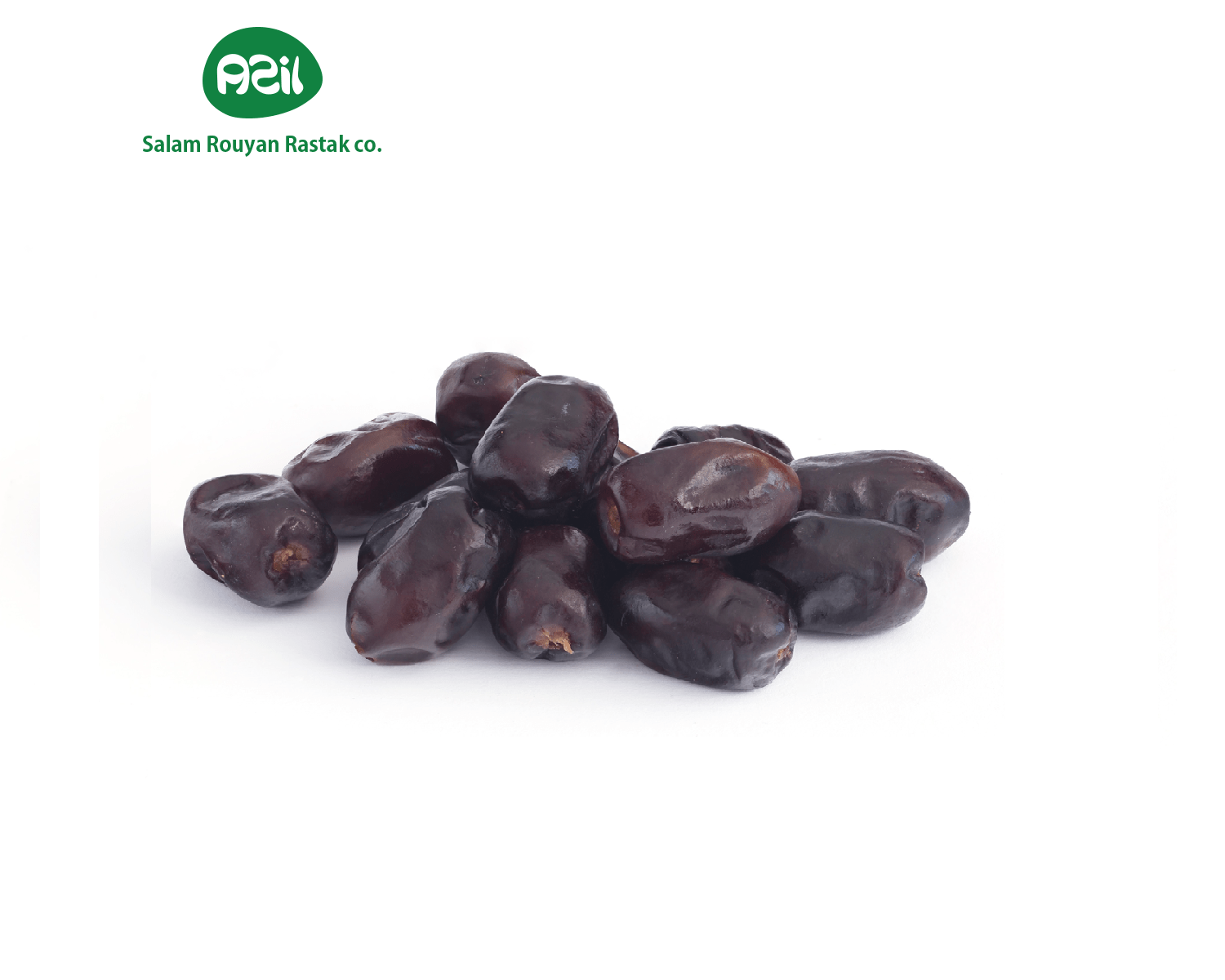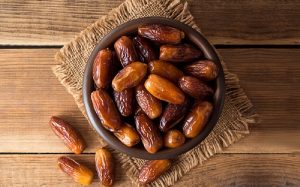Persian Dates in Nowruz Rituals
Persian dates, with their natural sweetness, play a vital role in Iran’s Nowruz rituals, welcoming spring with tradition. Known as “khorma,” these fruits symbolize abundance on the haft-sin table. For example, families offer them with nuts to mark the Persian New Year with joy. This article explores how Persian dates enhance Nowruz practices, their cultural significance, and their health benefits. We’ll also dive into their cultivation, preparation, and global appeal. As exporters of saffron, nuts, and more, we share Iran’s finest khorma too. So, discover why these dates are a Nowruz treasure, how they’re used in Persian celebrations, and why they’re cherished worldwide. Join us to explore this sweet gem and see what makes it a Persian holiday essential!
Introduction
Persian dates bring natural sweetness to Iran’s Nowruz rituals, ushering in spring with tradition and abundance. Iranians call these fruits “khorma,” harvesting them from regions like Bushehr, and they hold a special place on the haft-sin table. Families share this sweet gem during the Persian New Year to celebrate renewal. We export saffron, nuts, and dates, but this isn’t just about trade—it’s about their role in sacred festivities. Therefore, this article explores how Persian dates enhance Nowruz practices, their cultural significance, and their health benefits. Let’s uncover this cherished tradition!
Persian Dates on the Haft-Sin Table
In Persian culture, families use Persian dates to adorn the haft-sin table during Nowruz. They often place khorma in a bowl alongside other symbolic items to welcome spring. For instance, many pair this sweet gem with walnuts for a balanced offering. Also, they include dates in decorative baskets to signify prosperity. This practice adds a festive touch, so Persian dates are a Nowruz favorite.
Khorma in Nowruz Sweets
Beyond the table, khorma plays a key role in Persian Nowruz sweets. Families use Persian dates to make ranginak, a stuffed date dessert, for New Year gatherings. They also blend this sweet gem into halva for a rich treat during visits. Another recipe involves chopping dates into cookies served with tea. These sweets often bring families together, showcasing culinary joy. As a result, this sweet gem enhances Nowruz celebrations across Iran.
How Farmers Cultivate This Sweet Gem
Farmers carefully cultivate this sweet gem to ensure it’s ready for Nowruz use. The process starts with planting date palms in spring, so fruits ripen by late summer. They pollinate the trees by hand to boost yields in warm regions. Then, they harvest khorma when they turn soft and golden. Finally, they store the dates in cool conditions to maintain freshness. This method keeps Persian dates perfect for rituals throughout Iran.
Preparing Persian Dates for Nowruz
Families prepare Persian dates to shine in Nowruz traditions. For example, they pit khorma and stuff them with almonds for ranginak on the haft-sin table. They also soak this sweet gem in rosewater for a fragrant dessert topping. Another method involves chopping dates into a paste for festive breads. Some even serve khorma fresh with butter for a simple treat. Because of these preparations, this sweet gem elevates every Nowruz moment.
Health Benefits of This Sweet Gem
This sweet gem offers health benefits that suit Nowruz celebrations. Persian dates provide natural sugars, giving quick energy after winter months. They also contain fiber, aiding digestion during festive meals. Moreover, their potassium supports heart health, a relief for guests, per studies. Their antioxidants boost immunity, perfect for the season’s start. Therefore, sharing khorma during Nowruz means adding wellness to every bite.
Cultural Significance of Khorma in Nowruz
In Iran, khorma holds deep cultural significance in Nowruz rituals. Using Persian dates symbolizes fertility and abundance, a wish for the coming year. Ancient Zoroastrian texts mention this sweet gem in spring feasts to honor renewal. Also, khorma often appears in haft-sin arrangements, representing life’s sweetness. In rural homes, these fruits signify gratitude for nature’s gifts. Consequently, this sweet gem weaves tradition into Iran’s Nowruz customs.
Dates and Iran’s Nowruz Heritage
Iran’s Nowruz heritage thrives with this sweet gem. Farmers in Bushehr grow Persian dates, supporting communities who rely on them for celebrations. Since they’re a traditional fruit, using khorma in Nowruz shows cultural pride. Bazaars buzz with date sales before the New Year, delighting families. We export saffron, nuts, and these treasures, connecting them to Persian heritage. Thus, this sweet gem remains a cornerstone of Iran’s Nowruz traditions.
Global Appeal of Persian Dates
Around the world, people embrace this sweet gem in their own spring celebrations. Its natural flavor makes it a favorite for global households marking new beginnings. For example, Middle Eastern families use Persian dates in Nowruz-inspired sweets, adopting Iranian customs. Also, global markets sell khorma for festive recipes, spreading its charm. In Europe, people include these fruits in Easter treats with a Persian twist. Iran shares this sweet gem worldwide, so its Nowruz appeal grows.
Challenges with Using This Fruit
Using this fruit for Nowruz can face hurdles. Heat in Bushehr, for instance, affects date palm growth, limiting supply for rituals. Pests like fruit flies sometimes damage crops, impacting quality. Additionally, storing Persian dates to keep them fresh takes careful effort. However, Iran ensures these fruits remain available for Nowruz traditions. This effort keeps the heritage alive despite challenges.
Opportunities to Share Nowruz Khorma
The future offers chances to expand these Nowruz traditions. This sweet gem in holiday kits could, for example, become a global trend for families. Creating khorma-based sweets for international markets is another idea. Furthermore, communities worldwide could buy these dates online for their Nowruz celebrations, extending their reach. We’re committed to sharing these treasures for global festivities. So, these opportunities ensure this sweet gem has a joyful future ahead.
How to Choose the Best Persian Dates
Looking for the best khorma for your Nowruz rituals? Check for a soft, moist texture—they shouldn’t feel hard, ensuring freshness. Also, look for golden-brown dates, a sign of quality. Taste them for a rich, sweet flavor, perfect for celebrations. Source them from us because we guarantee the best khorma for your needs. This way, you’ll have top-quality dates for every Nowruz moment.
Dates in Global Spring Ritual Practices
Globally, this sweet gem enhances spring ritual practices in unique ways. In Iran, for instance, families use khorma on the haft-sin table to welcome Nowruz with sweetness. Middle Eastern households add these dates to Ramadan-breaking meals, inspired by Persian customs. In Asia, people include this sweet gem in lunar festival desserts, delighting guests. You can also pair khorma with nuts for a festive spring snack. These practices show how Persian dates bring joy to global traditions.
The Future of This Sweet Gem in Nowruz
Looking ahead, this sweet gem will shine in Nowruz rituals worldwide. Sustainable farming can combat heat, so supplies remain steady for celebrations. Also, people increasingly seek natural fruits like khorma for their holidays. We’re ready to share this awesome date, along with saffron and more, for global traditions. Therefore, this treasure will remain a Nowruz favorite for years to come.
Conclusion
This sweet gem blends natural flavor with the joy of Nowruz rituals in Iran and beyond. Its taste, cultural role, and health perks make it beloved in spring celebrations. If you’re preparing for Nowruz, khorma invites you to add a Persian touch. We deliver Iran’s best with care, so you can trust our quality. Want to try it? Contact us to get this sweet gem for your next ritual. Let’s share this festive delight together!


